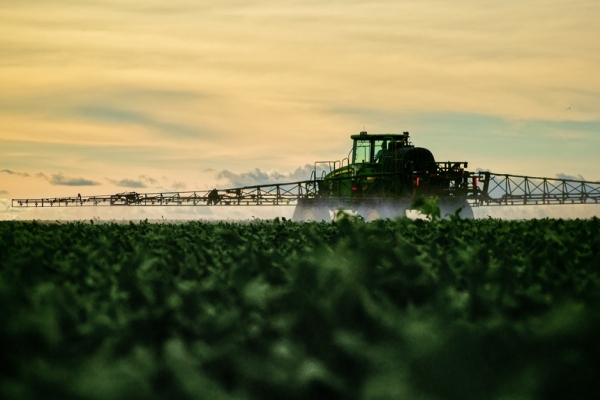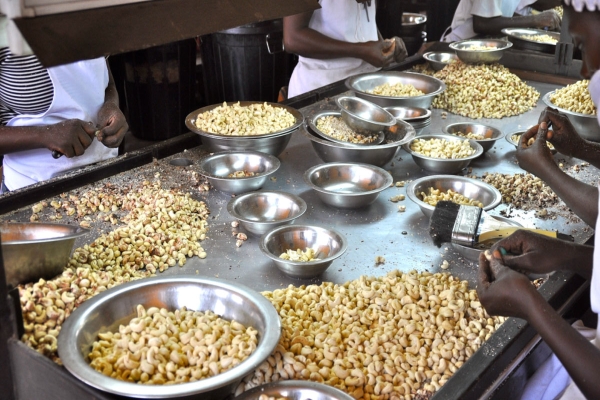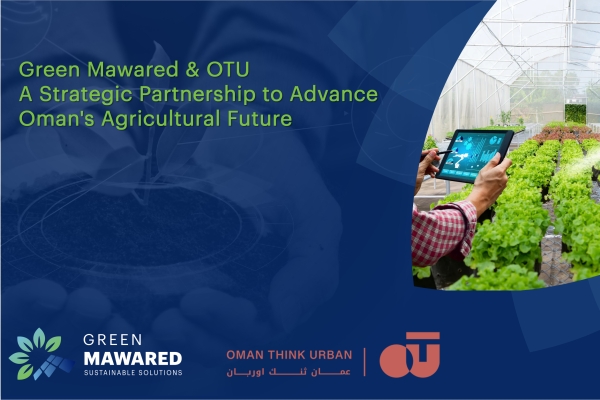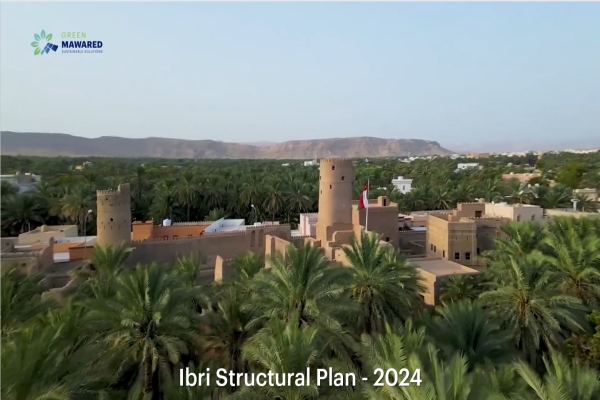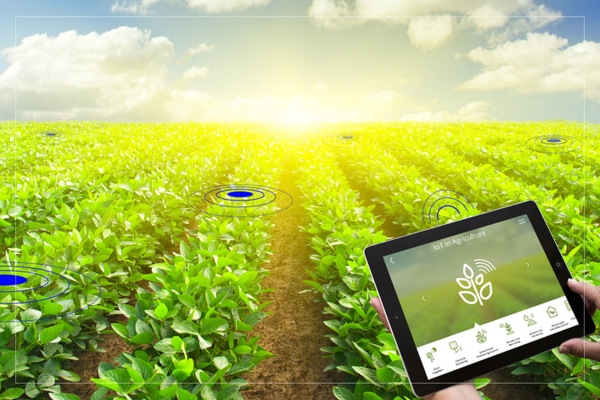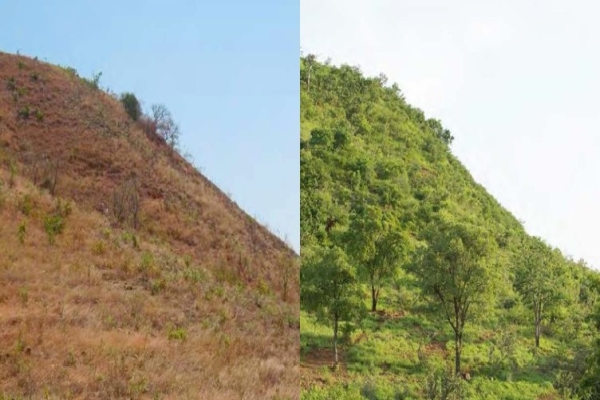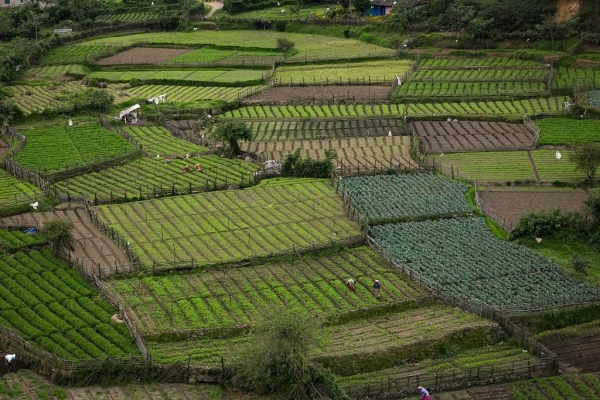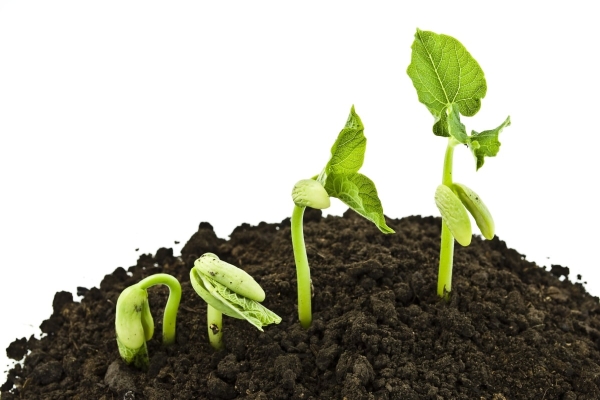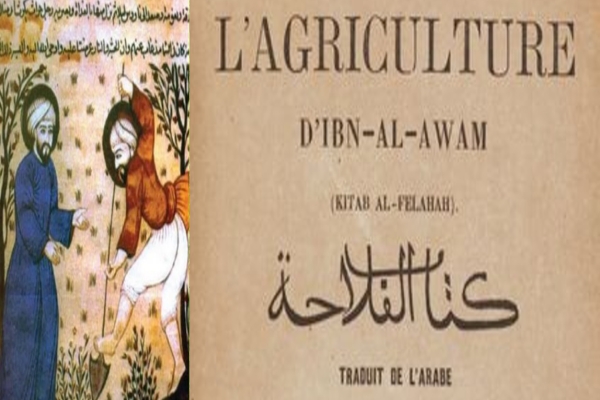The idea often surfaces: regenerative agriculture, with its focus on soil health and natural systems, sounds appealing, but can it reallyfeed a global population projected to reach nearly 10 billion by 2050?
Critics argue that its yields simply can’t match the output of intensive, conventional farming. This skepticism hits at the heart of global food and water security concerns. But is this critique looking at the whole picture? At Green Mawared, we believe exploring sustainable pathways for resource management is crucial, and the potential of regenerative agriculture demands a closer look, especially when considering long-term stability.
The Conventional Model: High Yields at a High Cost
For decades, the dominant agricultural model has relied heavily on monocultures, synthetic fertilizers, pesticides, and intensive tillage. This approach undeniably boosted food production significantly throughout the 20th century, achieving impressive yields per acre for specific commodity crops. However, this success has come at a steep price, creating vulnerabilities in our food and water systems:
- Soil Degradation: Intensive tillage and lack of organic matter return have led to widespread soil erosion, loss of fertility, and reduced capacity to hold water. Degraded soils require ever-increasing synthetic inputs to maintain productivity. (Source hint: FAO reports on soil degradation)
- Water Insecurity: Conventional farming is a major consumer of freshwater resources. Furthermore, runoff contaminated with synthetic fertilizers and pesticides pollutes rivers, lakes, and groundwater, impacting drinking water quality and aquatic ecosystems. Poor soil structure exacerbates runoff and reduces water infiltration, making farms more vulnerable to drought.
- Input Dependency & Fragility: Reliance on fossil fuel-based inputs makes food prices volatile and farming economically challenging, especially for smallholders. Monoculture systems are also highly susceptible to pests, diseases, and climate shocks, creating a fragile system despite high peak yields.
This model, while productive in the short term, fundamentally depletes the natural resources upon which future food production depends, raising serious questions about its long-term sustainability for both food and water security.
Regenerative Agriculture: Building Resilience from the Ground Up
Regenerative agriculture isn’t a single prescription but a set of principles aimed at restoring ecosystem health, primarily focusing on the soil. Key practices include minimizing soil disturbance (no-till or low-till), maintaining soil cover (cover crops), increasing biodiversity (crop rotation, polycultures), integrating livestock, and prioritizing natural nutrient cycles. How does this relate to food and water security?
- Enhanced Water Security: Healthy soils rich in organic matter act like a sponge. They drastically improve water infiltration, reducing runoff and erosion. This increased water-holding capacity makes farms more resilient to drought and reduces the need for irrigation. By eliminating or drastically reducing synthetic chemical use, regenerative practices protect water quality downstream. (Source hint: Research by institutions like the Soil Health Institute)
- Stable Food Production & Resilience: While peak yields in ideal conditions might sometimes be higher in optimized conventional systems, regenerative farms often demonstrate greater yield stability, particularly under stress (e.g., drought, floods). Biodiversity reduces pest pressure, and healthy soil provides nutrients naturally, lessening reliance on costly external inputs. This builds economic and ecological resilience for farmers. Over time, as soil health improves, yields in regenerative systems can match or even exceed conventional ones, especially when considering the nutritional density of the food produced. (Source hint: Long-term studies like the Rodale Institute’s Farming Systems Trial)
- Reduced Costs & Systemic Benefits: By minimizing synthetic inputs and improving natural processes, regenerative agriculture can lower production costs for farmers. It also delivers valuable ecosystem services like carbon sequestration, improved pollinator habitats, and cleaner air and water, benefits that extend far beyond the farm gate.
Addressing the Yield Question and Charting a Sustainable Path
The most common argument against regenerative agriculture feeding the world population on yield comparisons. It’s true that transitioning depleted soils can take time, and initial yields might sometimes dip. However, focusing solely on maximizing the yield of a single crop per acre per year misses the bigger picture of total farm productivity, long-term stability, risk reduction, and resource efficiency. Regenerative systems often produce a greater diversity of outputs and are far more resilient to the increasing climate volatility we face. The question isn’t just “can it produce enough calories?”, but “can it produce nutritious food consistently, sustainably, and equitably, while protecting vital water resources?” Evidence suggests regenerative agriculture offers a compelling pathway towards “yes”.
A Regenerative Foundation for Global Food and Water Security
The principles of regenerative agriculture hold particular promise for rebuilding agricultural systems in low-income countries. These nations often face the steepest challenges: degraded soils, water scarcity, limited access to expensive synthetic inputs, and high vulnerability to climate change. Implementing regenerative practices can empower local communities by:
- Building soil fertility using local resources (manure, compost, cover crops).
- Improving water retention in rain-fed systems, crucial where irrigation is limited.
- Reducing dependence on costly and often inaccessible foreign inputs.
- Increasing farm resilience to climate shocks, safeguarding local food supplies.
Therefore, investing in and scaling up regenerative agriculture isn’t just an environmental aspiration; it’s a pragmatic strategy for building lasting food and water security globally, particularly for the world’s most vulnerable populations. It shifts the focus from short-term extraction to long-term regeneration and resilience – a foundation vital for a truly sustainable future.
#ERL #waterSecurity #FoodSecurity #RegenerativeAgriculture #Agriculture #Farming
